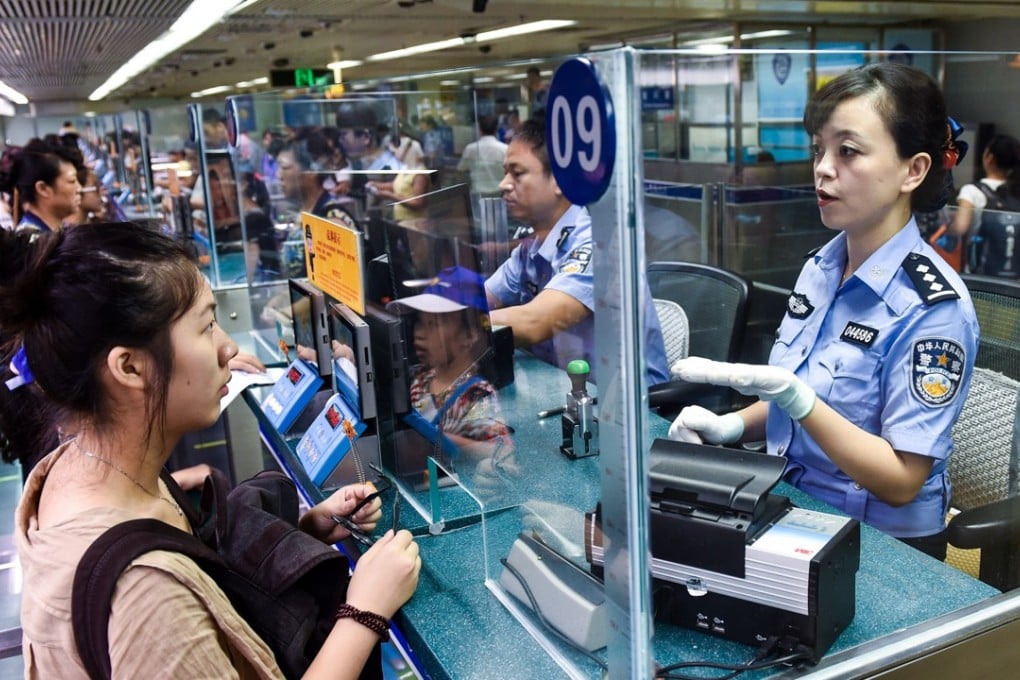China to build giant facial recognition database to identify any citizen within seconds
Project aims to achieve an accuracy rate of 90 per cent but faces formidable technological hurdles and concerns about security

China is building the world’s most powerful facial recognition system with the power to identify any one of its 1.3 billion citizens within three seconds.
The goal is for the system to able to match someone’s face to their ID photo with about 90 per cent accuracy.
The project, launched by the Ministry of Public Security in 2015, is under development in conjunction with a security company based in Shanghai.
The system can be connected to surveillance camera networks and will use cloud facilities to connect with data storage and processing centres distributed across the country, according to people familiar with the project.
However, some researchers said it was unclear when the system would be completed, as the development was encountering many difficulties due to the technical limits of facial recognition technology and the large population base.
At present, similar systems operate on a smaller level, including police databases and city or provincial ID pools.